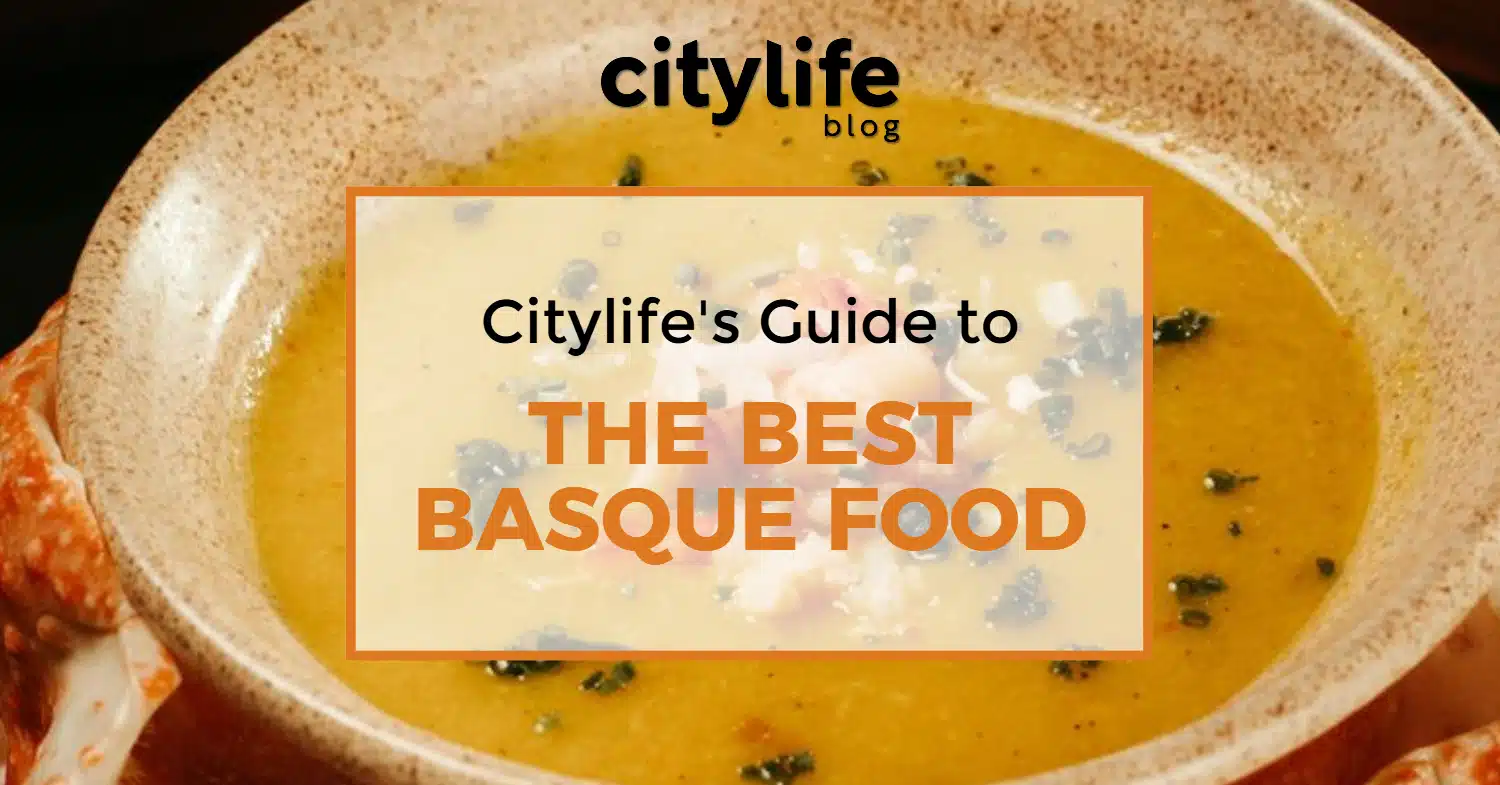
The Basque Country is a food lover’s paradise, offering a delicious blend of flavors that reflect both the region’s proximity to the sea and its lush landscapes. Nestled between Spain and France, this region is celebrated for its rich culinary traditions that balance simplicity with creativity. Whether you’re savoring pintxos at a local bar or indulging in a traditional seafood stew, Basque cuisine offers a mouthwatering journey through the region’s history and culture. In this article, we’ll explore some of the most iconic Basque dishes and what makes them so special.
If you want to explore even more of the beautiful Basque Country make sure you visit our bucket lists to the cities of San Sebastián and Bilbao. Additionally, don’t miss out on Citylife’s many trip packages around Spain! If you prefer exploring on your own, make sure you follow our Ultimate Guide to Spain so you can plan your travels like a pro!
1. Pintxos

Pintxos are small, flavorful snacks served on slices of bread, typically held together by toothpicks. They originated in the Basque Country as affordable, bite-sized snacks to go along with your drink. Offering a variety of toppings like anchovies, peppers, and tortilla, pintxos represent the region’s focus on quality ingredients and social dining.
2. Cheesecake (Basque-Style)
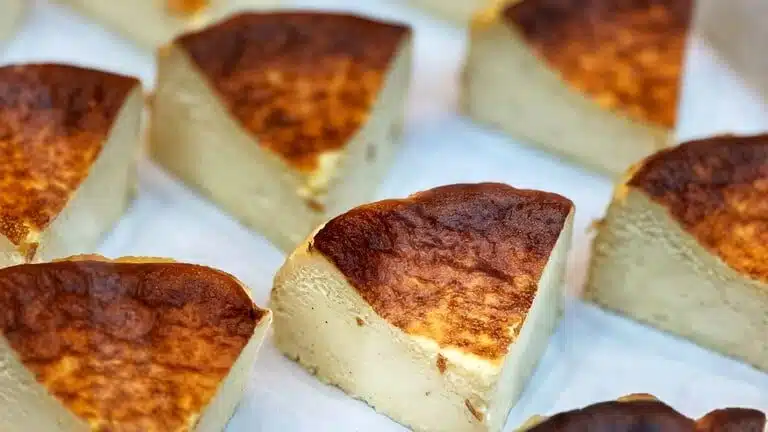
Basque cheesecake, known for its burnt top and creamy center, is a crustless variation that contrasts with more traditional cheesecakes. It was popularized in the 1990s by La Viña, a restaurant in San Sebastián, and has since gained international fame. Its simplicity, using only a few ingredients, highlights the Basque ability to transform basic elements into something extraordinary.
3. Pastel Vasco (Gâteau Basque)
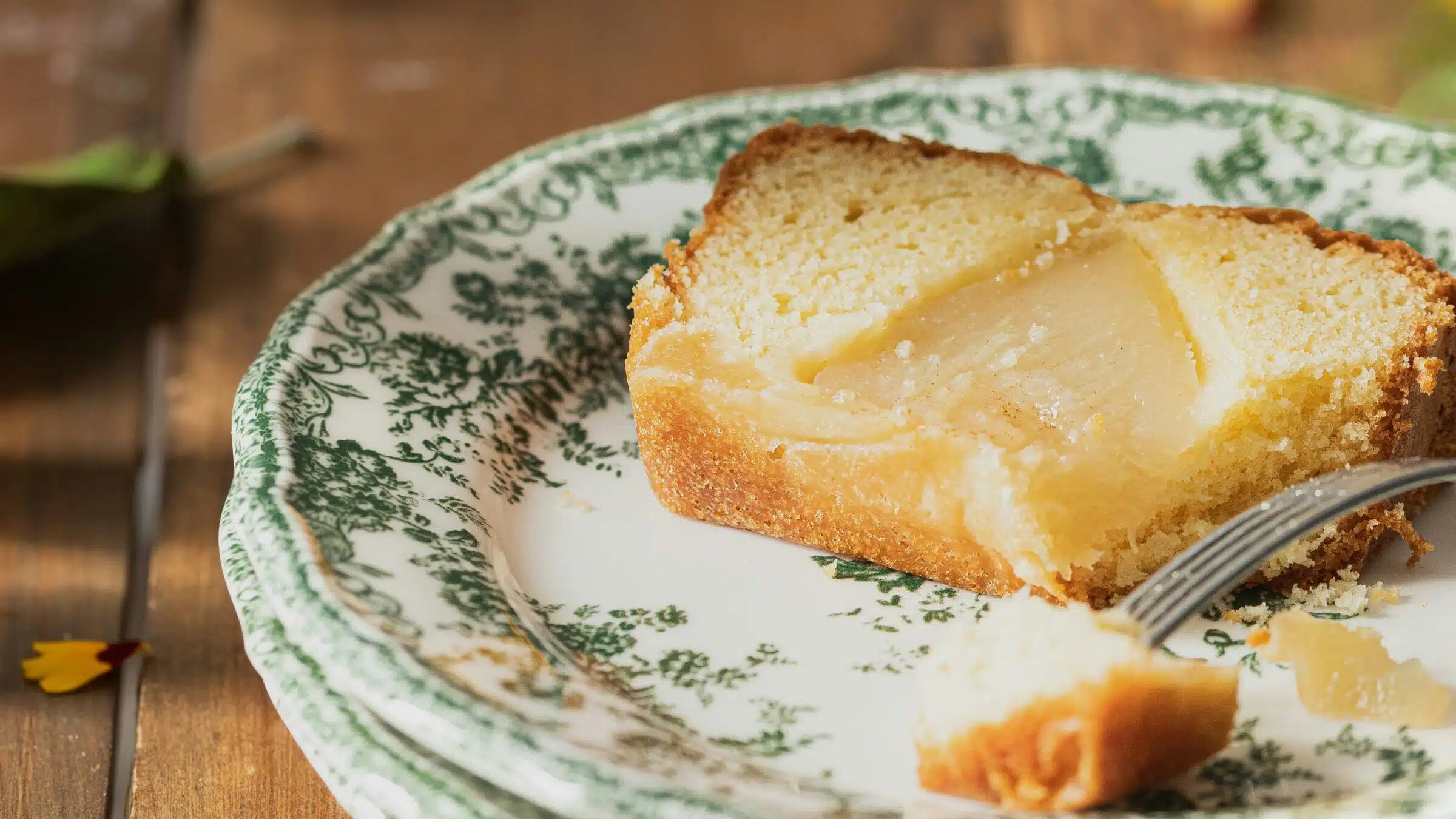
Pastel Vasco, or Gâteau Basque, is a dense cake filled with either pastry cream or cherry preserves. Dating back to the 18th century, it originated in the French Basque region and was traditionally made for local village festivals. The cake, with its simple ingredients and crosshatched design, embodies the rustic nature of Basque culinary traditions, celebrating local produce like cherries and almonds. It is often served during special occasions, making it a cherished symbol of Basque heritage.
4. Piperade

Piperade is a dish of sautéed peppers, onions, and tomatoes, often accompanied by eggs or ham. This recipe originates from the Basque countryside, where peppers and tomatoes are plentiful, and it is a celebration of the region’s agricultural traditions. Piperade is a simple yet flavorful dish, typically eaten as a light meal or side, and it reflects the Basque philosophy of using fresh, locally sourced ingredients to craft comforting, traditional dishes.
5. Txangurro
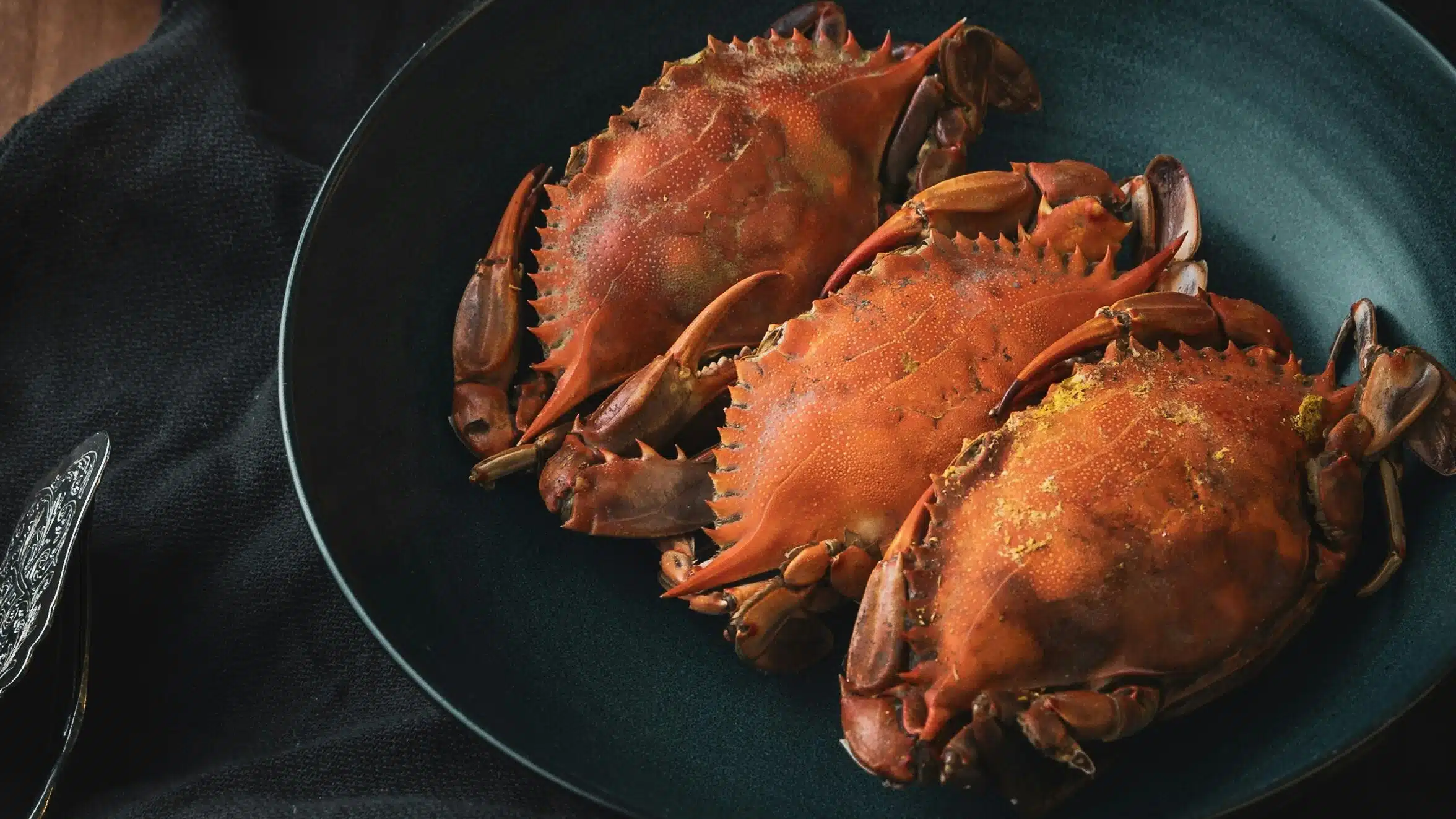
Unlike most dishes that are made using crab legs, Txangurro is made from head/body of a crab and is often served baked or stuffed with vegetables and brandy. This dish originates from the Basque coastal towns and has become an iconic dish showcasing the region’s deep connection with seafood.
6. Kokotxas
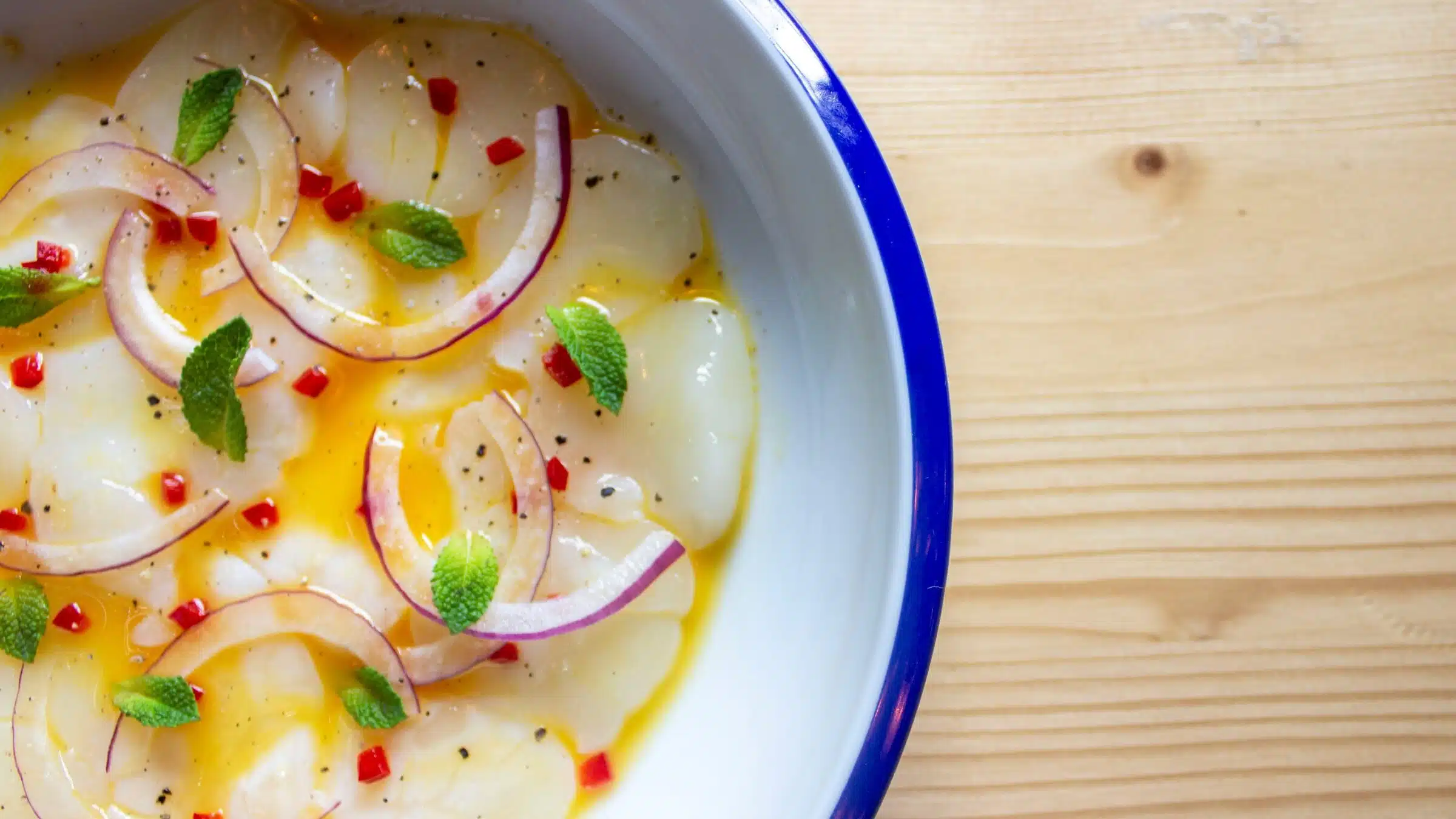
Kokotxas are the tender cheeks of hake or cod, typically cooked in a garlic or parsley sauce. Unique to Basque cuisine, this dish exemplifies the region’s practice of using every part of the fish, particularly in coastal communities. Kokotxas reflect the Basques’ deep relationship with fishing and their ability to craft elegant dishes from less common cuts of seafood, which are prized for their delicate texture.
7. Idiazabal Cheese
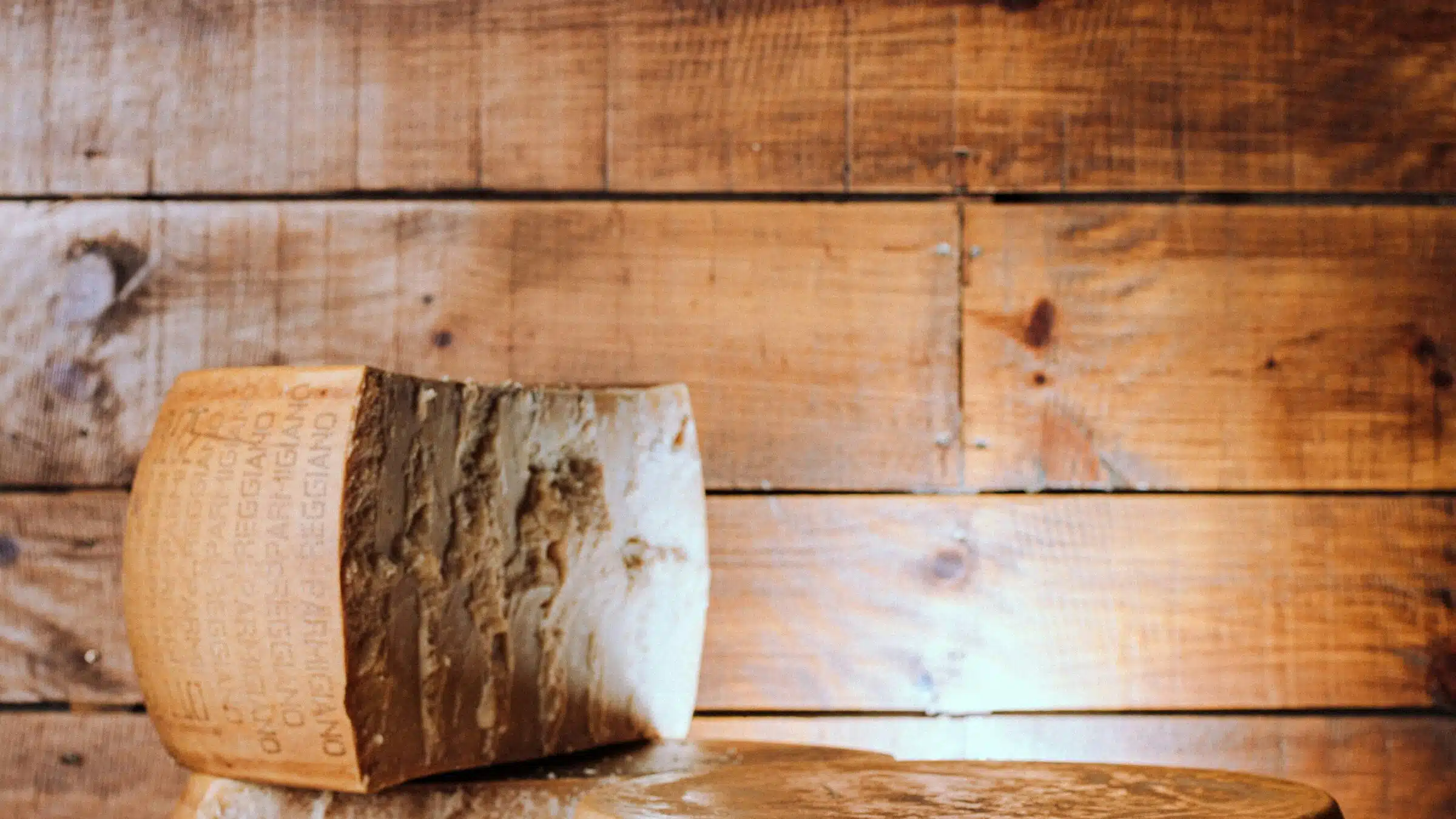
Idiazabal is a smoked, hard cheese made from unpasteurized sheep’s milk. Its production dates back to the Middle Ages in the Basque and Navarre regions, where it was traditionally smoked to preserve the cheese during shepherds’ long journeys in the mountains. Today, Idiazabal is celebrated for its rich, nutty flavor and is a symbol of Basque rural life, embodying the region’s strong tradition of sheep herding and artisanal cheese-making.
8. Marmitako
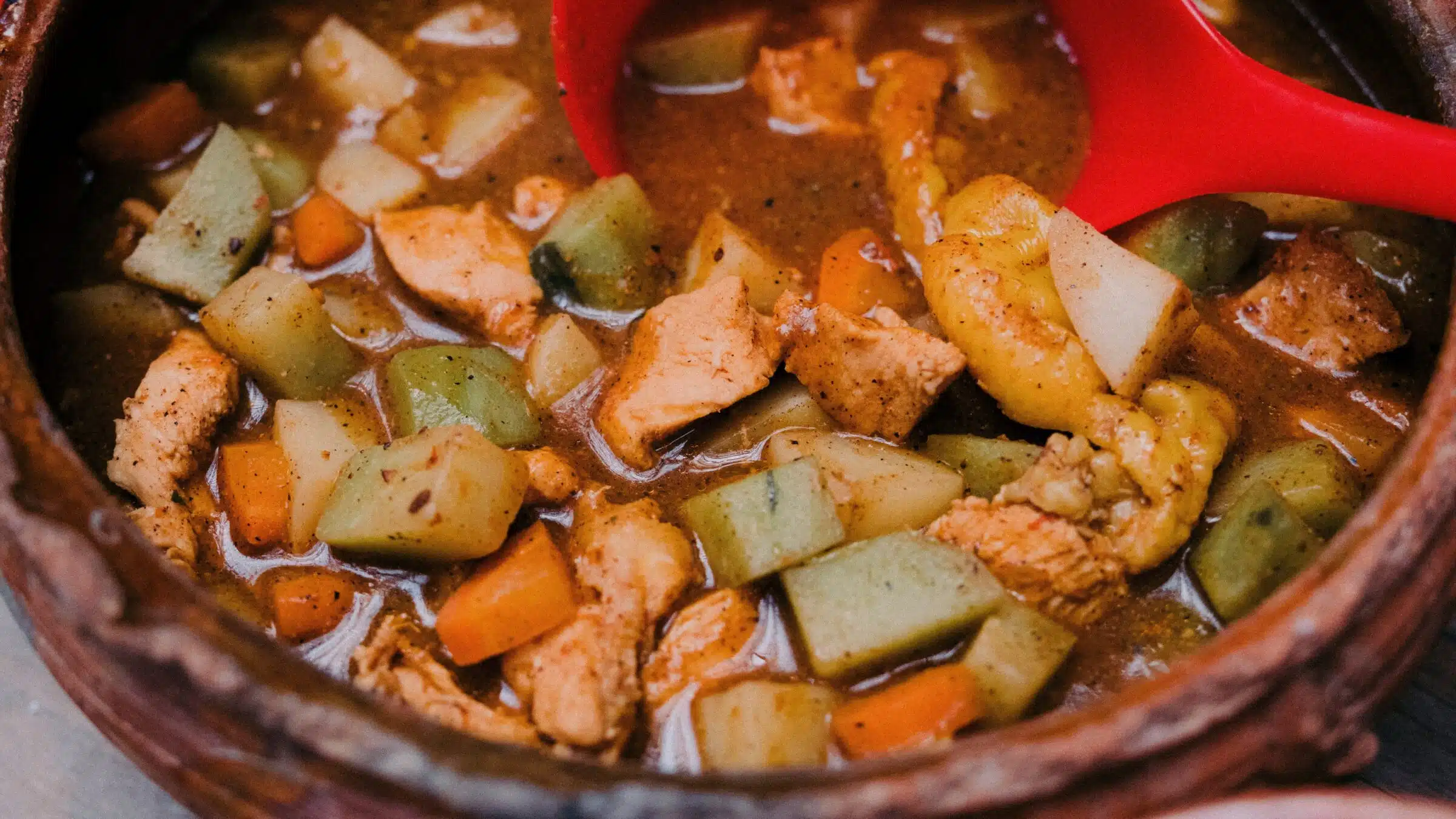
Marmitako is a hearty stew made from tuna, potatoes, and peppers, traditionally prepared by Basque fishermen aboard their boats. The dish, named after the “marmita” pot it’s cooked in, originated in the Bay of Biscay. Marmitako is an essential part of Basque culinary heritage, as it reflects the seafaring lifestyle and the resourceful use of simple, nourishing ingredients by fishermen on long journeys.
9. Ajoarriero
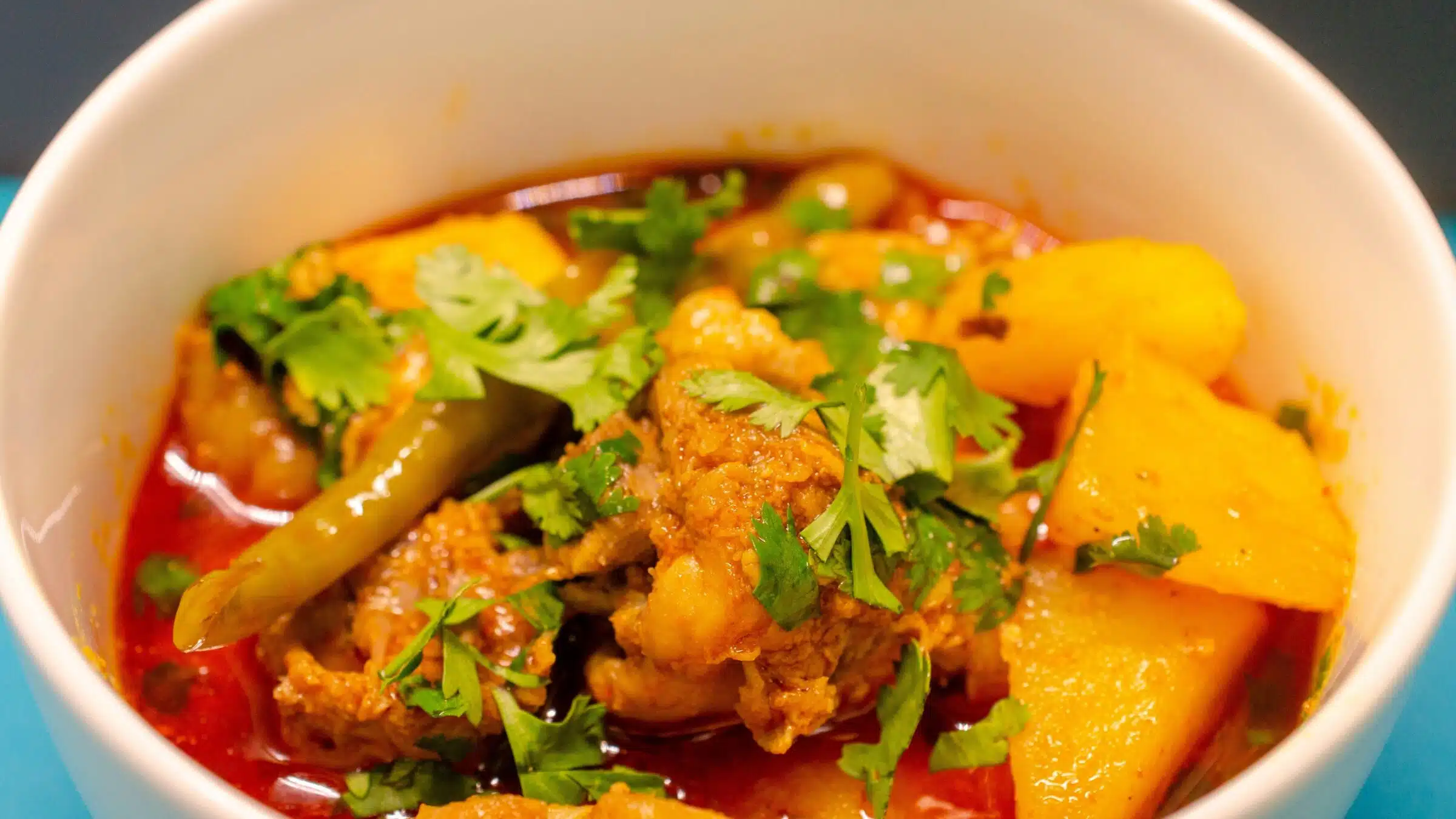
Ajoarriero is a stew of salted cod, garlic, potatoes, and peppers, historically prepared by mule drivers as they traveled through the region. The dish showcases the Basque skill in preserving fish and other ingredients for long periods, especially during arduous journeys. Its rustic flavors and use of preserved cod make it a traditional favorite that has endured as part of the Basque culinary landscape.
10. Bacalao al Pil Pil
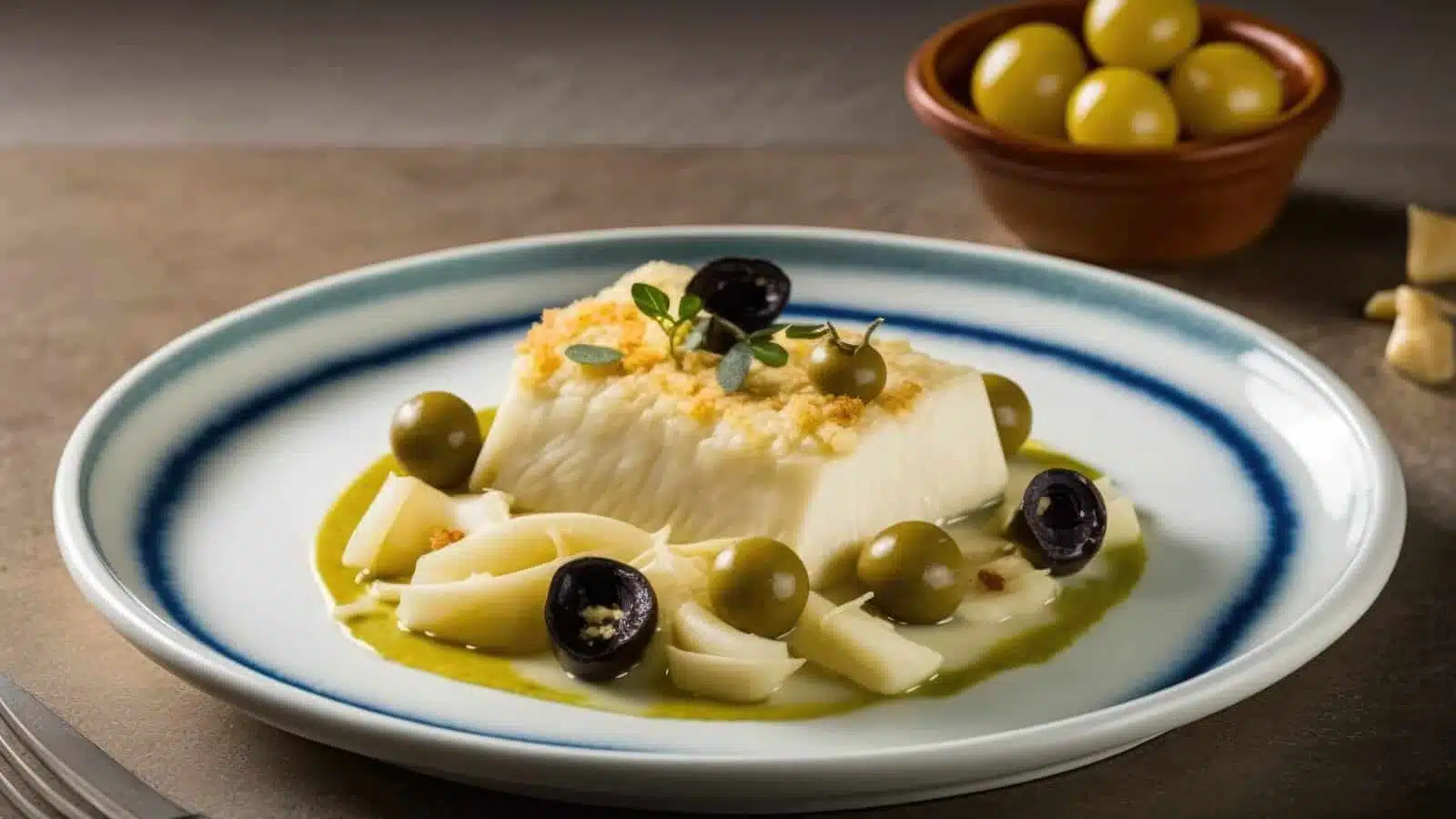
Bacalao al Pil Pil is a classic Basque dish of salted cod cooked in olive oil, garlic, and chili peppers, with the sauce emulsified by the gelatin released from the fish. Salted cod has been a cornerstone of Basque cuisine since the Middle Ages, prized for its ability to be preserved for long periods. The dish exemplifies the region’s focus on simple ingredients and skillful cooking techniques, making it one of the most iconic Basque recipes.
11. Axoa
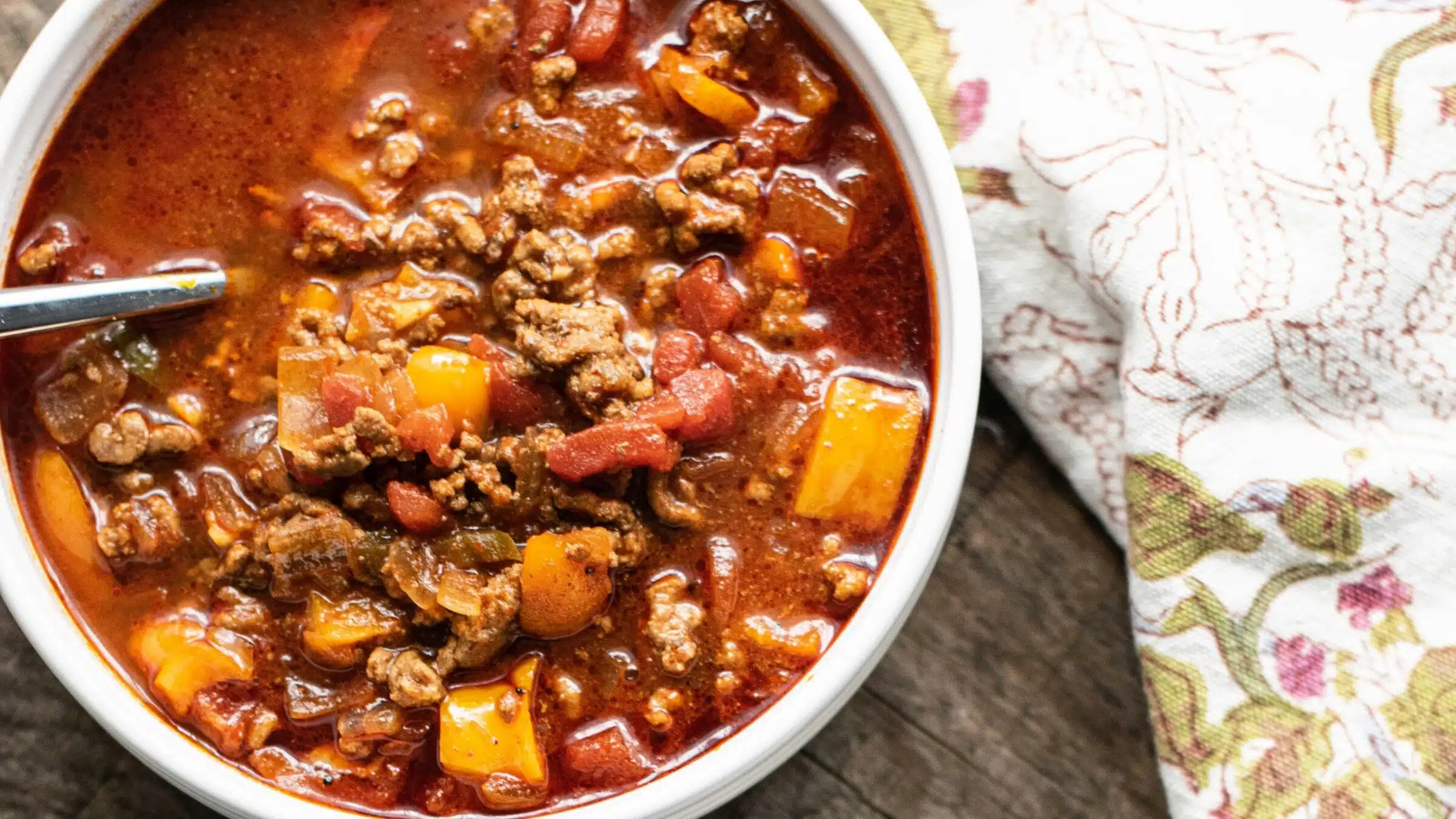
Axoa is a dish of minced veal cooked with onions, peppers, and Espelette pepper, a distinctive ingredient from the Basque region. Originating from the inland rural areas, Axoa was traditionally served on market days and during village celebrations. Its bold, spicy flavor reflects the Basque love for using local, high-quality ingredients like Espelette pepper, which adds a signature heat to many regional dishes.
12. Talo
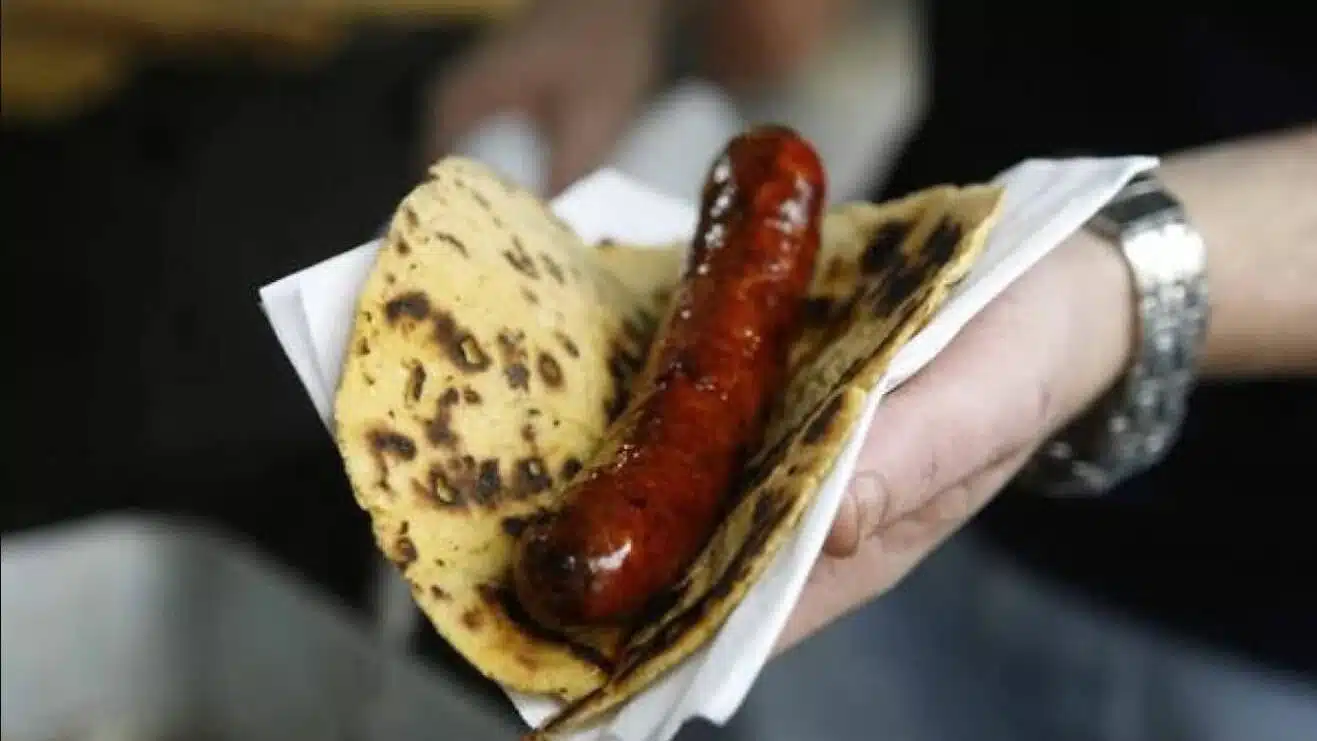
Talo is a traditional Basque flatbread made from corn, often served with chistorra sausage or cheese. Once fundamental in the Basque diet, talo has a historical significance as a bread substitute in rural farming communities where corn was abundant. Though now typically eaten during festivals, talo remains an important symbol of Basque culinary heritage, representing the agricultural roots of the region.






















